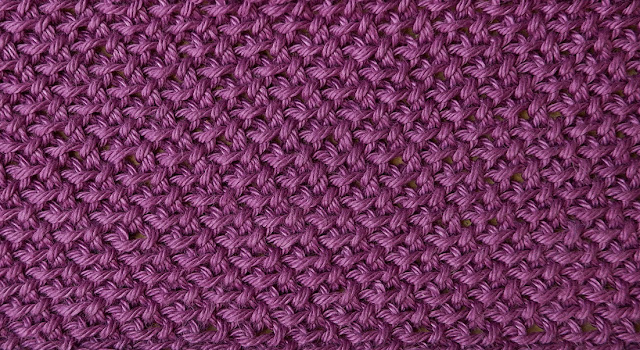In the seemingly, now traditional, season of blind panic, I bring you 'How (Not!) to Crochet a Winter Wreath'.
Last year, one of my sisters foolishly made the mistake of mentioning that she would like a Winter wreath. Now, that's the sort of information that a crocheter squirrels away!
Living in the
Northern Hemisphere, where it is so cold and dark right now, I have
often wondered what it must be like to celebrate Christmas with a beach
barbecue at the height of a Southern Hemisphere summer. How strange that
must be!
There's a reason why, as Northerners, we have always had a winter festival. Long before the advent of tinsel and electric fairy lights, we have always brought life and light into our homes at this the darkest time of the year. After all, Stonehenge was built to mark the winter solstice, the dying of one year and the birth of a new one.
Knowing absolutely nothing about making wreaths I set out with plenty of time to spare. Having no idea where to begin, I reverted to my Art school training and began with some research. I bought both books; Crocheted Wreaths for the Home by Anna Nikipirowicz, and Crocheted Wreaths and Garlands by Kate Eastwood. Then I had some deep thoughts.
What sort of thing would my sister like? I think, I hope, she would like something traditional and organic. I started to think about the Holly and the Ivy. Christmas green and red. I tried out several patterns for the leaves but didn't really like any of them. I was looking for something as realistic as possible. Eventually I found patterns for Holly and Ivy in Lychette's Etsy Shop. Although the patterns are intended for crochet thread they work just as well with any yarn. I blocked the leaves using starch to stiffen and shape the different elements. I was able to make my ivy leaves more pointy and the mistletoe more droopy. By carefully folding and crimping the holly with my fingers, I was able to give it more life. Even the mohair snowflake looked better with starching and blocking.
There's a Christmas tradition of kissing under the mistletoe. It's not exactly Christian but comes from Greece and the festival of Saturnalia, which was celebrated at this time of the year. So I thought my wreath should have some mistletoe as well. Kate Eastwood's book has a pattern which I tweaked slightly before moving the berries to where they aught to be. Here in Herefordshire mistletoe grows everywhere. I am so used to seeing it that I assumed everyone was as familiar with it as I was. Then I discovered that the Welsh Marches is the place to go to find some, which is exactly where I live, in the borderlands between England and Wales!
I have Robins in my garden all year round, so why are Robins associated with Christmas? The giving of Christmas cards began in the Victorian era. At that time the mail was delivered by red waist-coated postmen, nicknamed Robins! So there better be a Robin on my wreath. I used the design by Vanessa Mooncie.So now I had my elements and I had a very particular image in mind. I saw the ivy twining around the Robin nestled in Holly beneath the falling snowflake. But no matter how I shuffled things around nothing felt satisfactory. So I went back to that research, that I mentioned earlier.
I tried to work out what made a good wreath. It seems to me that there are two main types of design. There's a kind of cornucopia design where the wreath is smothered in lots of the same type of motif. These are usually very simple but impactful, be it bees, pompoms, flowers or snowflakes. In the other type of design the ring forms a picture frame which holds a vignette for what ever season or event is being celebrated.
There are also two types of base wreath. Like the grapevine hoop, below, some are flat and work best covered with motifs. The other, like the bleached willow, is more rounded and works well as a frame. Larger elements, like the Robin can sit inside or on top, or hang down with in it.What I had done was to create a vignette and a cornucopia at the same time! I'd set off with one idea in my head and now I had to face up to the fact it wasn't working. It was time to get tough with myself. I needed to let go of the unnecessary items that were getting in my way until finally I had a design that worked.
Finally all the hard work was over, right?
No! not yet. Both the books told me in no uncertain terms to use a glue gun to attach crochet to the wreath. I am useless with a glue gun, it runs away with me and trails glue everywhere. The last thing I wanted was to throw glue all over my carefully crafted leaves. Instead I tried to sew them in place. This proved to be so very very hard and in the end it looked awful. Fortunately sewing is really easy to unpick! Patiently and very very cautiously I applied glue to one item at a time before carefully setting it in place.
I'm not so scared of the glue gun now!
Let's just hope my sister likes the result...
So where ever you are right now, whether North or South, whether you're relaxing on a beach or curled up in front of a fire...
Seasons Greetings!






























































